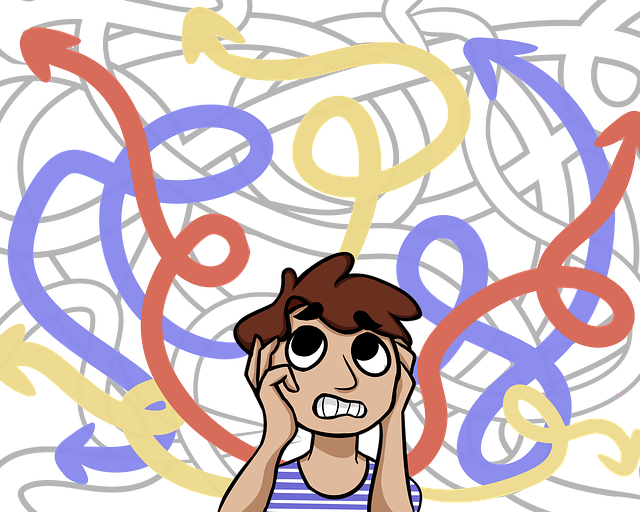Researchers acknowledge both neurobiological and psychological characteristics of panic disorders. A panic disorder relies on information being shared with different parts of the brain, including the amygdala, thalamus and hypothalamus. The dysfunction of several neurotransmitters, is partially responsible for the symptoms of panic disorders. Neurotransmitters within the brain of a patient with a panic disorder “have [an] abnormally sensitive fear network” (Gorman et al., 2004, para. 35). Understanding of the communication between the areas of the brain, helps explain why cognitive behaviour therapy (CBT) is a useful treatment. CBT strategies allow clients to avoid triggering neurons, and thereby avoid the chemical chain of events causing panic. The area of the brain that is used for CBT is in a sense “upstream” from the amagydala, thalamus and hypothalamus. Cognitive behaviour therapy can modify the neural circuits and thereby support the regulation of maladaptive emotions.

